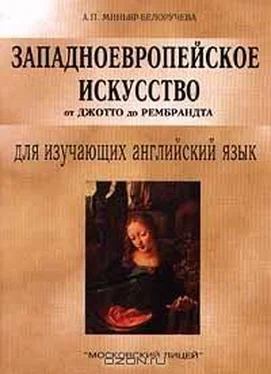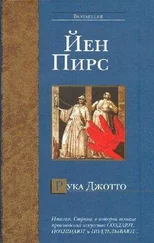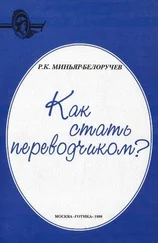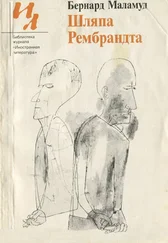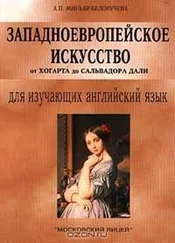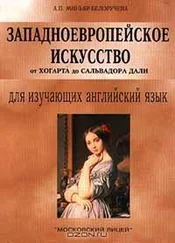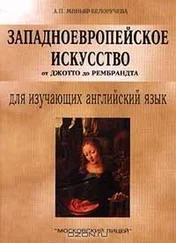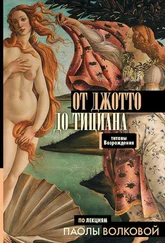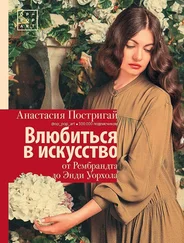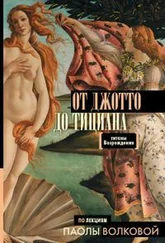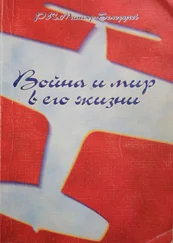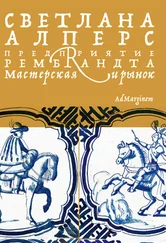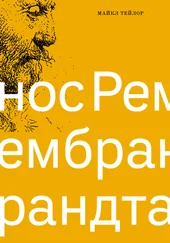«Сикстинская Мадонна» — одно из самых вдохновенных произведений художника. В этой картине сочетается жизненная правдивость образа с чертами идеального совершенства.
В последние годы жизни Рафаэль помимо живописи занимался также архитектурой, в которой проявил себя как один из крупнейших мастеров своего времени.
VIII. Summarize the text.
IX. Topics for discussion
1. Raphael as the artist of the High Renaissance ideal of harmony.
2. Raphael's frescoes.
3. The High Renaissance heritage.
Unit VIII Titian (1490-1576)
The monarch of the Venetian School in the sixteenth century was Titian. A robust mountaineer came to Venice as a boy from the Alpine town of Pieve di Cadore and lived well into his nineties. The young painter was trained in the studios of both Gentille Bellini and Giovanni BellinI. Then he assisted Giorgione with the lost frescoes that once decorated the exteriors of Venetian palaces.
Once independent, Titian succeeded in establishing colour as the major determinant. Although he visited central Italy only in 1545-46, Titian was aware, probably, by means of engravings, of what was going on in Florence and Rome and assimilated High Renaissance innovations to his own stylistic aims. Titian generally began with a red ground, which communicated warmth to his colouring; over that he painted figures and background often in brilliant hues.
Titian's life was marked by honours and material rewards. He made himself wealthy. His palace in Venice was the centre of a near-princely court, fulfilling the worldly ideal of the painter's standing as formulated by Leonardo da VincI. In 1553 Titian began his acquaintance with the Emperor Charles V. There is a legend that the Emperor, on a visit to Titian's studio, stooped to pick up a brush the painter had dropped. Titian was called twice to the imperial court.
An early work, painted by Titian about 1515, is known as Sacred and Profane Love . The subject of this enigmatic picture has never been satisfactorily explained. Two women who look like sisters sit on either side of an open sarcophagus, which is also a fountain in the glow of late afternoon. One is clothed, another is nude save for a white scarf. The shadowed landscape behind the clothed sister leads up to a castle, toward which a horseman gallops while rabbits play in the dimness. Behind the nude sister the landscape is filled with light, and huntsmen ride behind a hound about to catch a hare, while the shepherds tend their flocks before a village with a church tower, touched with evening light. Cupid stirs the waters in the sarcophagus-fountain. The picture becomes a glorification of the beauty and redeeming power of love. Sometimes it is interpreted as the passage from virginity through the water of suffering, a kind of baptism, to a new life in love.
Titian made a series of mythological paintings for a chamber in the palace of the duke of Ferrara. One of these, the Bacchanal of the Andrians , of about 1520, is based on the description by the third-century Roman writer Philostratus of a picture he saw in a villa near Naples. The inhabitants of the island of Andros disport themselves in a shady grove. The freedom of the poses (within Titian's triangular system) is completely new. Titian has taken the greatest visual delight from the contrast of warm flesh with shimmering drapery and light with unexpected dark.
Like his mythological pictures, Titian's early religious paintings are affirmations of health and beauty. The Assumption of the Virgin , 1515-18, is his sole venture into the realm of the colossal. It represents the moment when the soul of the Virgin was reunited with her dead body. Above the powerful figures of the Apostles on earth, Mary is lifted physically into a golden Heaven on a glowing cloud by numerous child angels, where she is awaited by God the Father. The bright reds, blues, whites of drapery, the rich light of the picture carry Titian's triumphant message through the spacious interior of the Gothic Church of the Frari in Venice.
In the Madonna of the House of Pesaro , 1519-26, Titian applied his triangular compositional principle to the traditional Venetian Madonna group. The symmetry is broken up by a radical view from one side. The scene is a portico of the Virgin's palace. At the steps plunging diagonally into depth Titian painted the kneeling members of the Pesaro family and an armoured figure who gives the Virgin as a trophy a Turk, taken in battle. The columns are seen diagonally, their capitals are outside the frame. At the top clouds float before the columns, on which stand child angels with the Cross. The colours are rich and deep.
Titian's portraits do not often sparkle with colour as the male costume of the sixteenth century was black. In his Man with the Glove Titian's triangular principle is embodied in the balanced relationship of the gloved and ungloved hands to the shoulders and the youthful face. The carefully modelled hands and features are characteristic of Titian's portraits. Even in this picture, dominated by black and by the soft greenishgray background, colour is everywhere dissolved in the glazes, which mute all sharp contrasts.
A subject that occupied Titian in his mature years is the nude recumbent Venus – a pose originally devised by Giorgione. In 1538 Titian painted the Venus of Urbino for the duke of Camerino. The figure relaxes in ease on a coach in a palace interior whose inlaid marble floor and wall hangings make gold, greenish, soft red-and-brown foil for her beautiful body, the floods of her warm, light brown hair. Pure colour rules in the picture of Titian's middle period. In his later years form appealed to Titian less; substance itself was almost dissolved in the movement of colour.
In 1546 Titian painted a full-length Portrait of Pope Paul III and his Grandsons . Undoubtedly, this painting was carried to a point that satisfied both artist and patron. The brushstrokes are free and sweeping. But the question still arises whether the picture is really finished. The sketchy technique characteristic of the backgrounds in Titian's early works was applied by the artist to the whole picture. Veils of pigment transform the entire painting into a free meditation in colour. Colour indeed, is the principle vehicle of Titian's pictorial message.
In the works of his extremely old age, form was revived and colour grew more brilliant. Titian's late paintings of pagan subjects are unrestrained in their power and beauty. The devices of rapid movement and excellent colour, ignoring details were used to increase emotional effect in the very late Crowning with Thorns , probably painted about 1570, six years before the artist's death. The hail of brushstrokes creates cloudy shapes. The agony of Christ and the fury of his tormentors are expressed in storms of colour. The last religious works of Titian reached a point beyond which only Rembrandt in the seventeenth century could proceed.
Make sure you know how to pronounce the following words:
Titian; Giorgione; Venus; Cupid; Venice; Venetian; Gothic; bacchanal; Veronese; sarcophagus; Naples; Alpine; Susannah; profane
Notes
Sacred and Profane Love – «Любовь земная и небесная»
Bacchanal of the Andrians – «Вакханалия»
Assumption of the Virgin – «Ассунта»
Madonna of the House of Pesaro – «Мадонна Пезаро»
Man with the Glove – «Юноша с перчаткой»
Читать дальше
